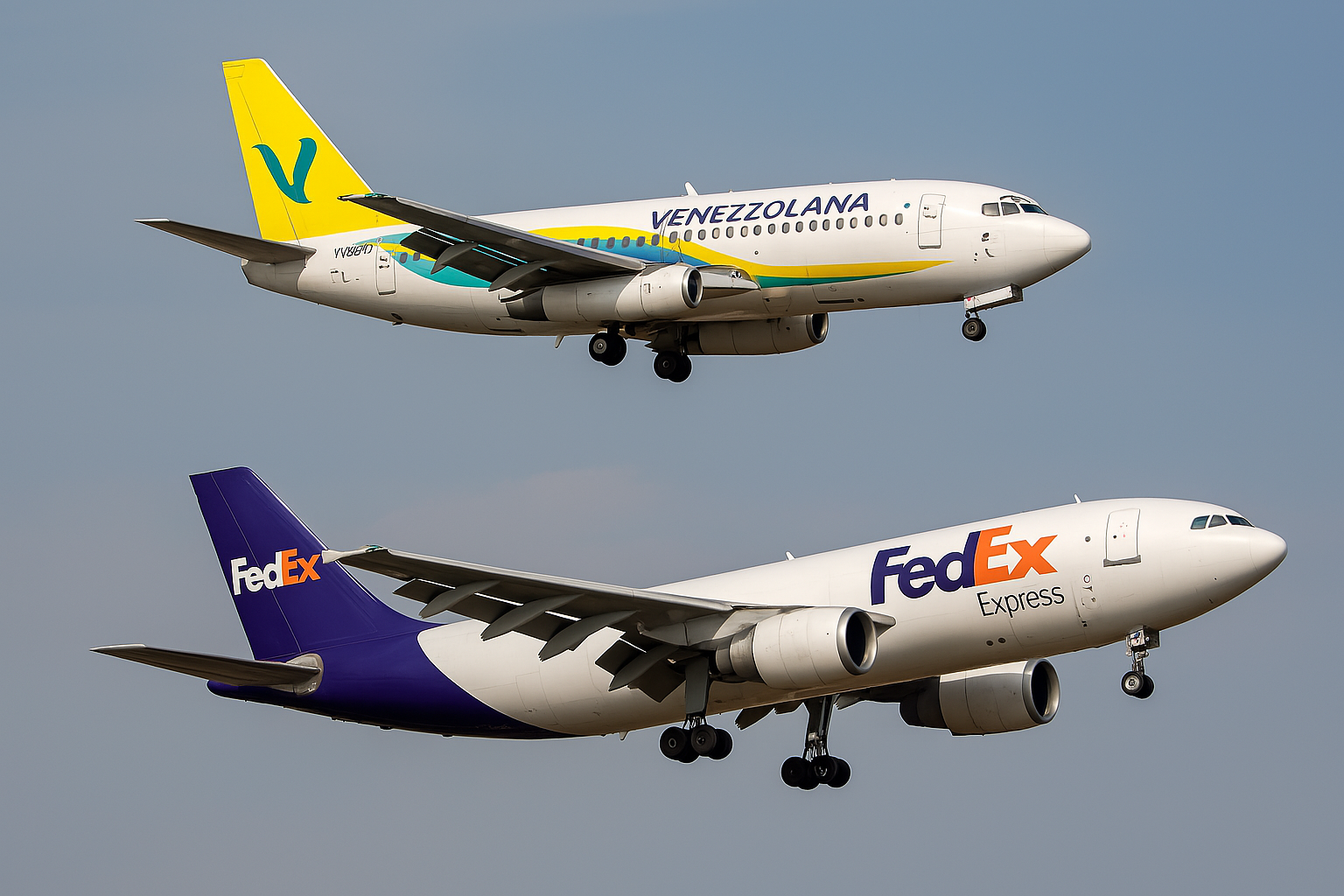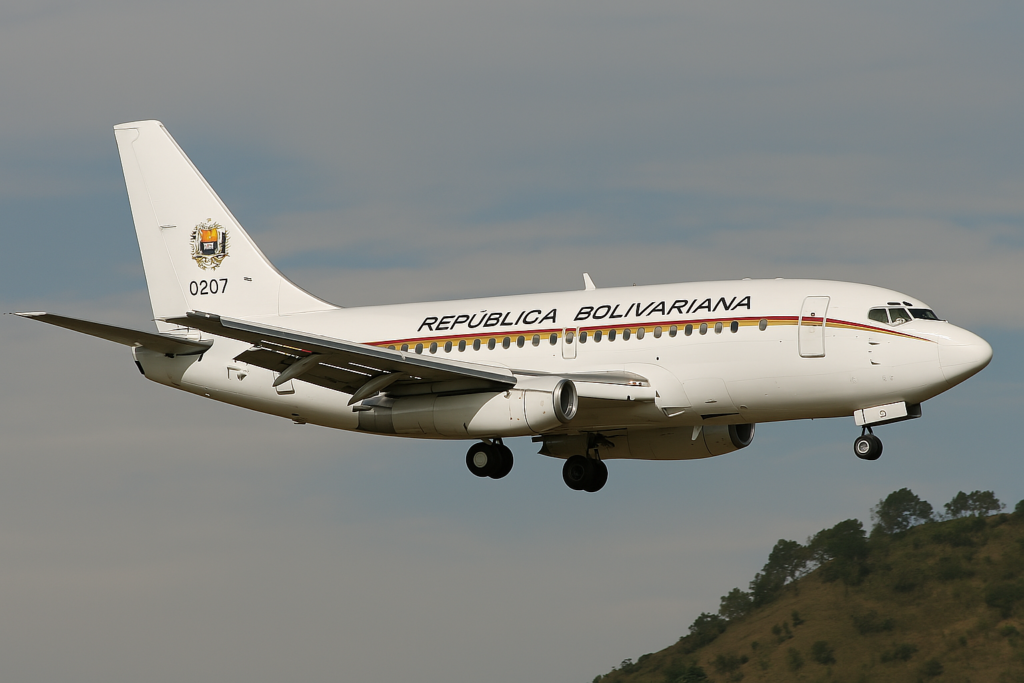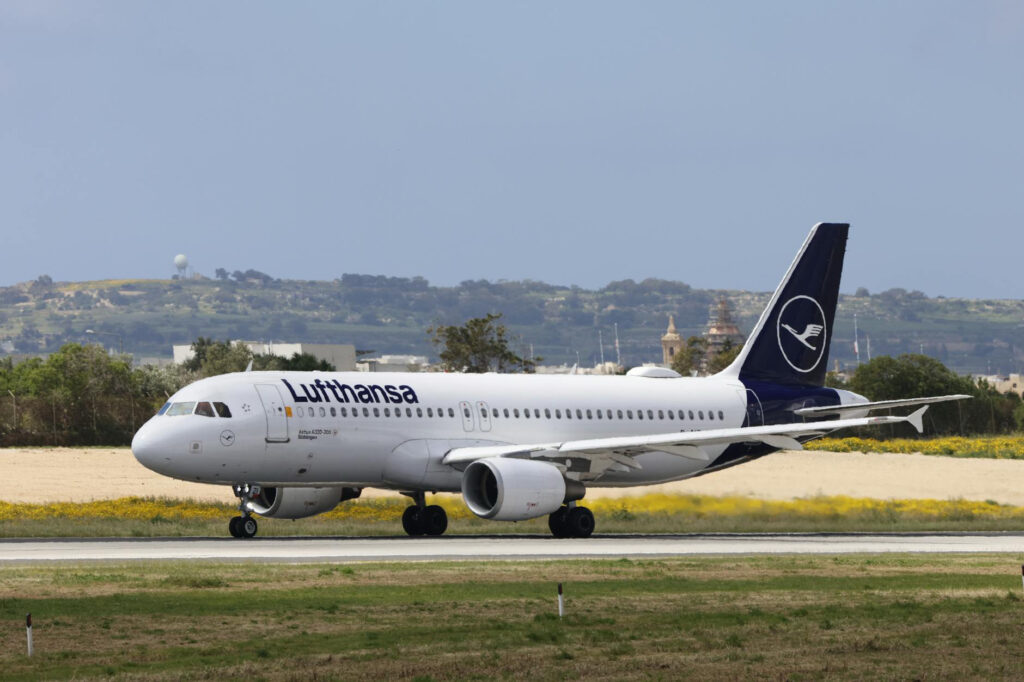Boeing vs Airbus: Which Aircraft Are Still Flying After 30 Years?

As of 2025, dozens of aging aircraft from both Boeing and Airbus continue to fly—some still in passenger service, many more in cargo or specialized roles. This article explores which models have passed the 30-year mark, how they’re being used today, and which manufacturer leads in aviation longevity.
Boeing: The Aging Workhorses
Boeing’s legacy stretches back much further than Airbus’s, which is why many of its classic aircraft are still active over three decades after delivery. The 737-200, 747-400, and 757 all remain in limited use as of 2025.
- Boeing 737-200: Originally introduced in the late 1960s, the 737-200 remains in commercial passenger use. Venezuelan airline Venezolana operates some of the oldest flying examples today (Simple Flying, 2025).
- Boeing 747-400: While most 747-400s have been retired, some have been converted into cargo aircraft or preserved. Delta Air Lines has one on permanent exhibit at its Flight Museum in Atlanta (Business Insider, 2025).
- Boeing B-52 Stratofortress: Though a military aircraft, it’s worth noting that the B-52, first flown in the 1950s, is still flying today. The U.S. Air Force plans to keep 76 B-52s operational through at least 2050 (Wikipedia, 2025).
Boeing’s long operational history and global reach make it the dominant name in older aircraft still flying today, particularly in the cargo, regional, and military sectors.

This 737-200, part of Venezuela’s government fleet, is among the oldest Boeing jets still flying — over 40 years since first delivery.
Airbus: Fewer Models, Still Holding On
Airbus entered the market much later than Boeing, which limits the number of 30+ year-old Airbus aircraft. However, the A300 and A310 have held up impressively well—especially in cargo and government service.
- Airbus A300: First produced in the 1970s, the A300 remains in wide cargo use. FedEx Express and UPS Airlines still operate dozens of units in their global freight networks.
- Airbus A310: As of January 2025, 33 A310s remain active. That includes 22 Airbus Corporate Jets, 8 passenger-configured jets (with operators like Ariana Afghan Airlines and Iran Air), and 3 freighters with UPS Airlines (Wikipedia, 2025).
- Airbus A320ceo family: Now crossing the 30-year threshold, several early A320s remain active in regional routes, particularly in lesser-regulated airspaces or low-cycle roles.

Early Airbus A320s like this Lufthansa jet continue flying regional routes well into their third decade, especially in Europe and low-cycle environments. (Source : pexels)
Cargo Keeps Aircraft Alive
The cargo industry is where both Boeing and Airbus aircraft truly achieve extreme longevity. With fewer pressurization cycles and more predictable operations, freighters often remain airworthy long after retirement from passenger fleets. Operators like FedEx, UPS, and DHL keep both Boeing and Airbus widebodies flying well beyond 30 years.
The Verdict: Boeing Leads on Lifespan
In terms of raw numbers and variety, Boeing dominates the list of 30+ year-old aircraft still flying in 2025. With models like the 737-200, 747-400, and 757 still in use—and the unparalleled B-52 still active 70+ years later—Boeing’s engineering legacy continues to hold.
Airbus’s aging A300s and A310s remain highly respected in cargo circles, but its shorter commercial history limits its presence in the 30+ club—at least for now.
Comments